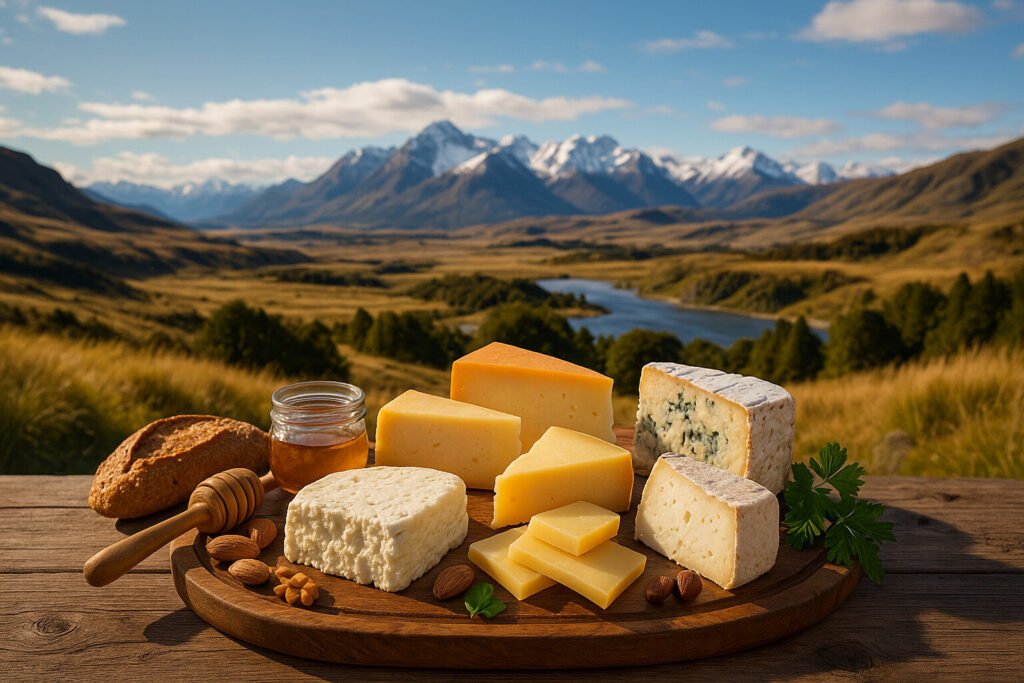Cheese Of Southern Cone
Definition and Scope
Southern Cone cheeses originate from Argentina, Chile, Uruguay, and Paraguay. These dairy products reflect European immigration patterns and local terroir influences. They encompass both artisanal farmstead productions and modern industrial varieties.
Primary styles include semi-hard cheeses like Sardo Criollo and fresh white cheeses. Many varieties demonstrate direct lineage from Spanish and Italian cheesemaking traditions. The category continues evolving with new protected designations of origin.
Production Methods
Traditional production relies on raw cow’s milk from grass-fed dairy herds. Cheesemakers typically use calf rennet for coagulation and natural brine baths for aging. Many producers maintain wooden boards and cave aging facilities.
Industrial producers employ pasteurization and standardized starter cultures. Modern facilities utilize controlled humidity chambers and precise temperature monitoring. Production scales range from small family operations to large export-focused factories.
Sensory Profile
Southern Cone cheeses generally present mild to medium intensity flavors. Typical notes include sweet cream, cooked milk, and subtle herbal undertones. Texture ranges from semi-soft to firm with smooth, occasionally granular, paste.
Aging develops nutty characteristics and crystalline crunch in longer-matured varieties. The terroir contributes distinctive pasture notes from Pampas grasslands. Salt levels tend to be moderate compared to Mediterranean counterparts.
Culinary Applications
These cheeses feature prominently in traditional dishes like empanadas and choripán. Grilling applications are common due to their excellent melting properties. Fresh varieties often accompany dulce de leche in dessert preparations.
Restaurants utilize aged versions for cheese boards and wine pairings. Industrial blends appear in processed foods and sandwich manufacturing. Export markets increasingly incorporate them into fusion cuisine.
Regional Examples
Argentina produces Queso Cremoso and Reggianito styles. Uruguay specializes in Colonia and semi-hard pressed cheeses. Chilean productions include Queso Chanco and artisanal goat milk varieties.
Paraguay maintains traditional Queso Paraguay fresh cheese traditions. Protected geographical indications now cover several regional specialties. Cross-border exchanges continue influencing development of new hybrid styles.

